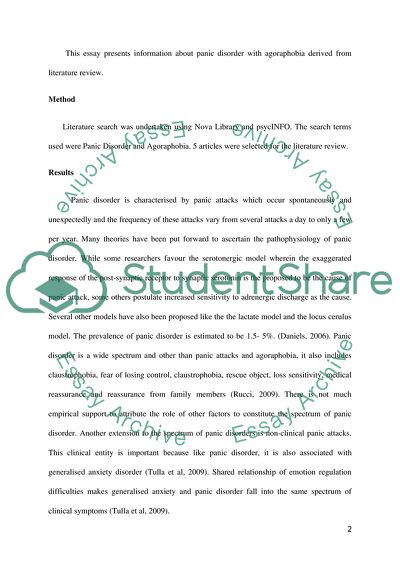Cite this document
(Panic Disorder and Agoraphobia Literature review, n.d.)
Panic Disorder and Agoraphobia Literature review. Retrieved from https://studentshare.org/health-sciences-medicine/1554998-panic-disorder-and-agoraphobia-literature-review
Panic Disorder and Agoraphobia Literature review. Retrieved from https://studentshare.org/health-sciences-medicine/1554998-panic-disorder-and-agoraphobia-literature-review
(Panic Disorder and Agoraphobia Literature Review)
Panic Disorder and Agoraphobia Literature Review. https://studentshare.org/health-sciences-medicine/1554998-panic-disorder-and-agoraphobia-literature-review.
Panic Disorder and Agoraphobia Literature Review. https://studentshare.org/health-sciences-medicine/1554998-panic-disorder-and-agoraphobia-literature-review.
“Panic Disorder and Agoraphobia Literature Review”, n.d. https://studentshare.org/health-sciences-medicine/1554998-panic-disorder-and-agoraphobia-literature-review.


